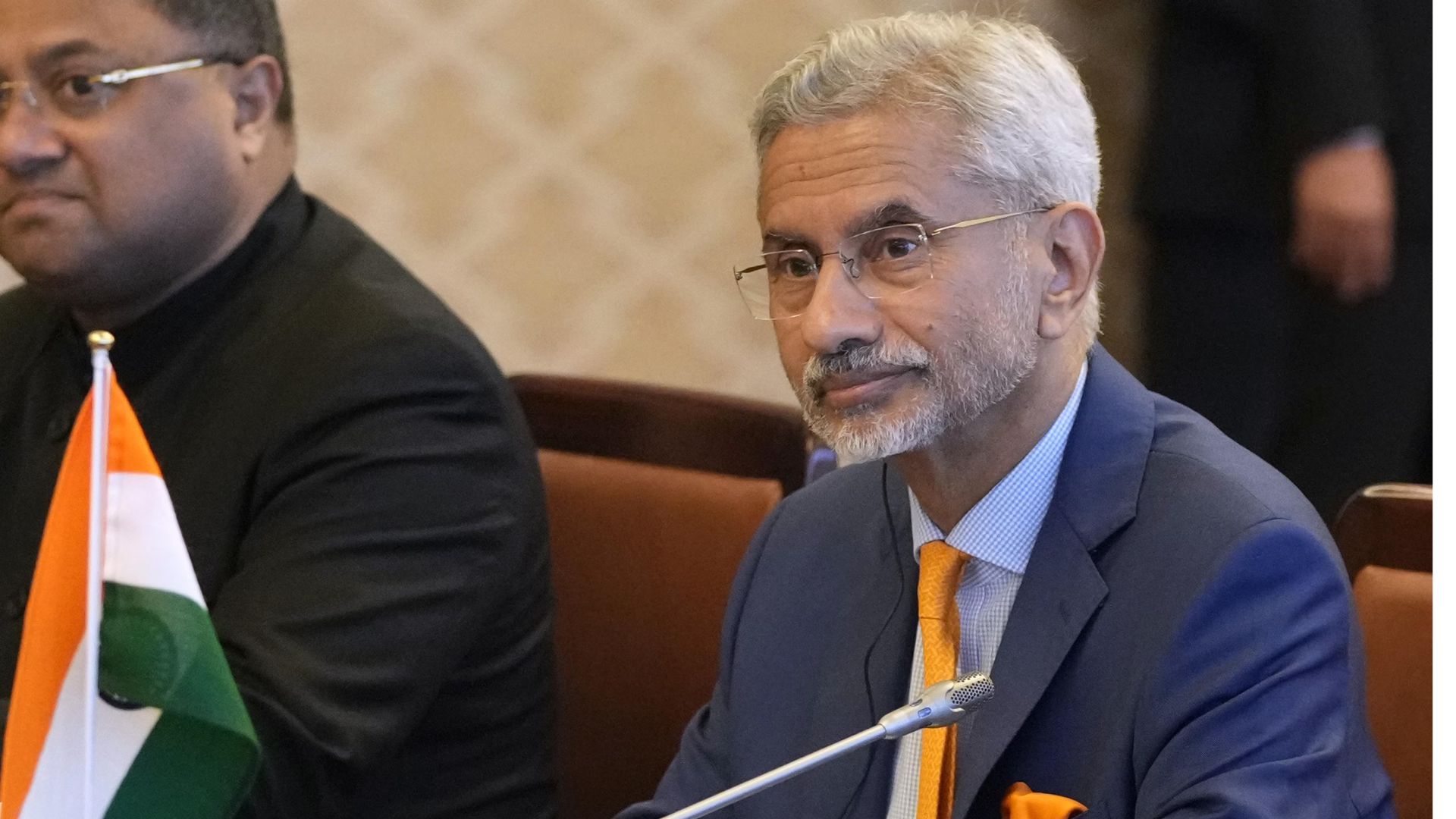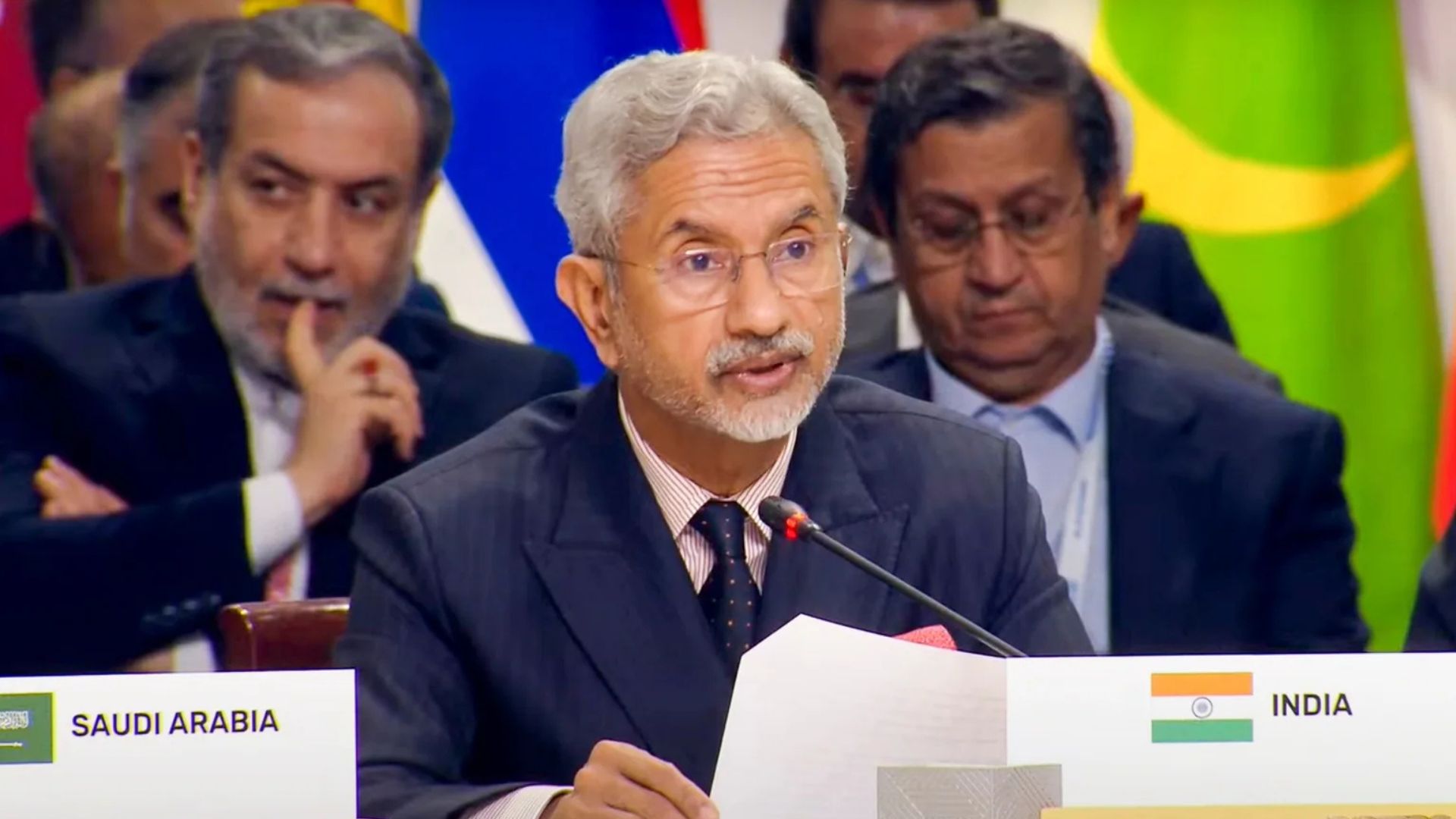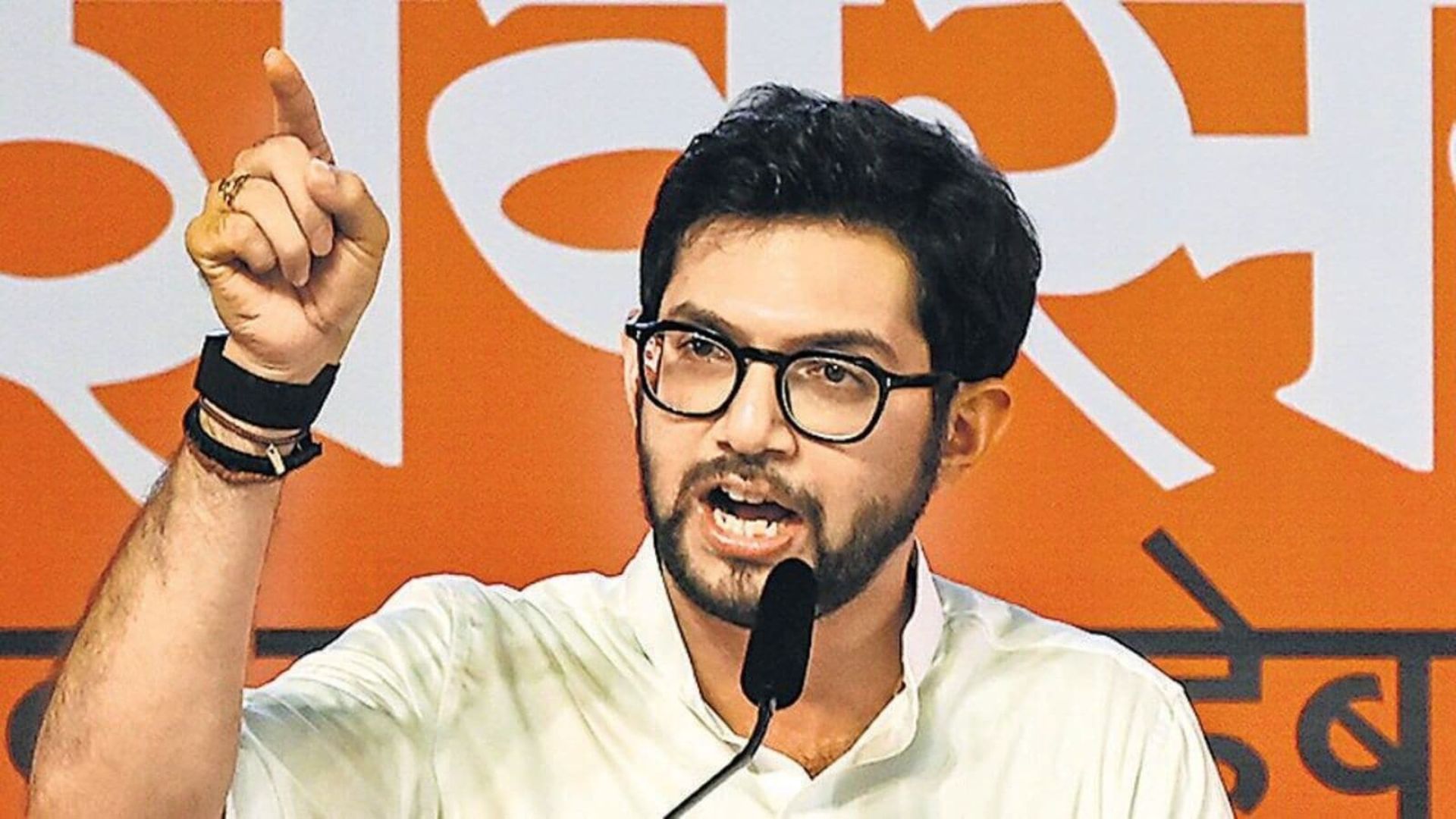
World No Tobacco Day is observed worldwide on May 31 every year to notify tobacco users to abstain from consumption of all forms of tobacco for a period of 24 hours. The members of the World Health Organisation (WHO) created World No Tobacco Day in 1987 to draw universal attention to the tobacco epidemic and preventable disease and death it causes. The WHO attributes over five million deaths a year to tobacco use, a figure that is expected to rise to about 12 million deaths by 2030 with eight million of these deaths occurring in developing countries.
In 1996, World No Tobacco Day was dedicated to the theme “Sport and the arts without tobacco: play it tobacco free!”. The theme is important because it provides a unique opportunity to mobilize athletes, artists and the media, as well as the public in general, to promote a society and lifestyle where tobacco use is no longer an accepted norm. Today, direct advertisement of tobacco is banned both in print and electronic media in most of the countries of the world over. Sport and arts promote health and healthy habits. But events sponsored by tobacco companies are likely to result in increase tobacco use with resultant tobacco related diseases.
Cigarette smoking is harmful. Harm is done to blood, blood vessels and to the heart. Lung cancer is the biggest cause of cancer deaths. The study showed that those who chewed tobacco stood four times as much risk of getting cancer as those who did not. Environmental tobacco smoking has been established as a cause of disease, including lung cancer, among non-smokers exposed to other people’s smoke. Smoking kills and harms not only the user but also the innocent bystander. On October 2, 2008, the anti-smoking laws came into effect in India. It prohibits smoking in public places but home, vehicles and road are exempt. Smokers continue to defy laws and regulations and continue smoking in public places such as bars, when the law does not permits it.
Tobacco use has killed hundred million people in the 21st century. If current trends continue, one billion people will die in the 22nd century. The heart and its vessels, circulation respiration and digestion all contribute to the body’s response during the exercise. Athletes smokers and non athlete smokers alike often do not fully appreciate the health risks of tobacco use particularly cigarette smoking. The latest epidemiological studies indicate that death rates for smokers are two to three times higher than for non-smokers at all ages.
The manifest truth is overwhelming that both tobacco and alcohol are injurious to health, yet both have connection with sport, by a large it is considered to be health promotion. Unlike tobacco, alcohol has never been encouraged as a benefit to sportspersons in spite of the fact that the tobacco business, like alcohol industry, has been heavily involved in sports sponsorship.
This is an era of electronic media. Television has almost reached the every nook and corner of world. World Cup 1996 for cricket, which was jointly hosted by India, Pakistan and Sri Lanka and was telecast live world over, was sponsored by a tobacco giant. Although there was no advertisement of the tobacco product as such but the name of the company which is written in bold letters on the ground. It was shown on television hundred times everyday. People, specially, younger ones, who saw their favourite cricketers stars hammering the ball for fours and sixes and making a century, associated this performance with tobacco company. They, therefore unconsciously were fascinated towards the tobacco product. For example Benson and Hedges in cricket and Malboro in motor sport. Indeed, tobacco companies were the largest sponsors of sport in Britain in 1997 when government legislation banned tobacco advertising at sports events.
The world first smoke-free World Championship in Athletics, Gothenburg 1995, was launched by Sweden’s Institute of Public Health and Swedish Medical Association. It immediately received the backing of the Swedish Athletics Federation, where upon the International Athletics Federation declared the 1995 Athletics World Championship, a smoke free event. Separate specially designated areas were available for those who wished to smoke. However, smoking was not allowed in any of the stand, the track and field area, the media centre or in the public premises in the stadium. Tobacco sales were banned inside the arena as well as any advertising and marketing of tobacco.
A cheap replacement for cigarettes and well liked in India are beedis. In fact, beedis contain up to four times more nicotine and twice as much tar as normal cigarettes. Nicotine stimulates brain to release chemicals that after mood, tar and toxins initiate mucous membranes, dull taste buds. Nicotine constricts blood vessels, especially skin irritation, accelerates heart rate, elevate blood pressure. Nicotine depresses hunger contractions, Nicotine inhibits production of urine in kidney, nicotine causes liver to release glycogen, raising blood sugar level. Last but not the least irritation increases mucus production and damages cilla in bronchial tubes, allowing particles to reach delicate lung tissues.
Regular physical activity is important for good health. It provides protection from a wide variety of mental and physical ailments. Physical fitness and sound health, however, can be demolished by tobacco use. Not only smoking but all forms of tobacco consumption are exceedingly hazardous.















